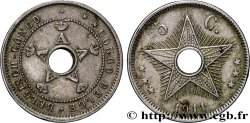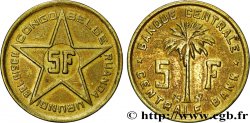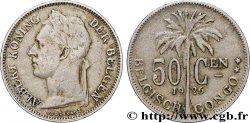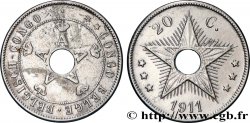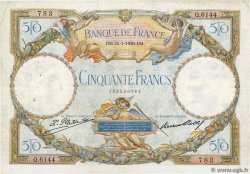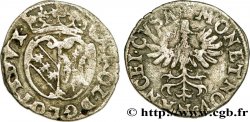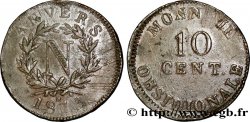正面
正面的文字 APERIRE TERRAM GENTIBUS // 132 EUROPEENS ET 1800 AFRICAINS ET ASIATIQUES - 132 EUROPEANEN EN 1800 AFRIKANEN EN AZIATEN.
正面的说明书 Monument représentant des hommes et des femmes travaillant à la construction du chemin de fer, certains étant épuisés et au sol. Signé : DUPAGNE.
背面
背面的文字 50.EME ANNIVERSAIRE DU / CHEMIN DE FER DU BAS-CONGO / 1898-1948 / 50.STE VERJARING VAN DE / BENEDEN-CONGO / SPOORWEG.
背面的说明书 Légende en 6 lignes.
评论
历史细节
BELGIAN CONGO
(1908-1960)
Leopold II succeeded his father, Leopold I, to the Belgian throne in 1865. In 1876 Leopold II organized an international association for the development of Central Africa. Three years later, under his patronage, Stanley competed with the French explorer Brazza to acquire rights to the Congo region.. The occupation is mainly pushed towards the southern valley of the Nile. Leopold also wanted to establish a railway network along the Congo River and its tributaries, to create the sources of income essential to the self-financing of the company and the self-management of the conquered territory.. At the Berlin Conference of 1884-1885, representatives of 14 European countries and the United States recognized Leopold's sovereignty over the Congo Free State, which he exercised until 1908. Thanks to the resources of this colony, in particular the rubber crops, the king grew considerably richer and many buildings or monuments in Brussels were built.. Following an international campaign led by the British to denounce the brutal and inhuman treatment of the local populations by the colonials, the position of the king becomes untenable and he is forced in spite of himself to cede the sovereignty of the Congo to the Belgian nation.. The Belgian government renames the territory "Belgian Congo". He became independent in 1960.










 对产品描述纠错
对产品描述纠错 打印
打印 分享我的选择
分享我的选择 提问
提问 Consign / sell
Consign / sell
 产品介绍
产品介绍